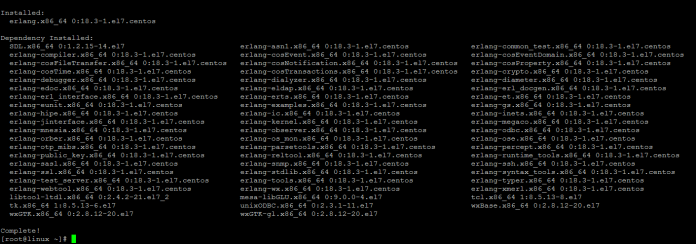Security-Enhanced Linux (SELinux) is a Linux feature that provides a mechanism for supporting access control security policies, through the use of Linux Security Modules (LSM) in the Linux kernel. It is a set of Kernel modifications and user-space tools that can be added to various Linux distributions. Its architecture strives to separate enforcement of security decisions from the security policy itself and streamlines the volume of software charged with security policy enforcement .
In this post will show you : How to disable Selinux without having to reboot ?
- First check the Selinux status with
#getenforce Output Enforcing
- Disbale the enforcing with
#setenforce 0
This the the temporally disabling of the selinux, but how to disable is permanently ?
- What you need to do is to change “SELINUX=enforcing” to “SELINUX=disabled” in /etc/sysconfig/selinux
# This file controls the state of SELinux on the system. # SELINUX= can take one of these three values: # enforcing - SELinux security policy is enforced. # permissive - SELinux prints warnings instead of enforcing. # disabled - No SELinux policy is loaded.
SELINUX=enforcing # SELINUXTYPE= can take one of these two values: # targeted - Targeted processes are protected, # mls - Multi Level Security protection. SELINUXTYPE=targeted
TO
# This file controls the state of SELinux on the system. # SELINUX= can take one of these three values: # enforcing - SELinux security policy is enforced. # permissive - SELinux prints warnings instead of enforcing. # disabled - No SELinux policy is loaded.
SELINUX=disabled # SELINUXTYPE= can take one of these two values: # targeted - Targeted processes are protected, # mls - Multi Level Security protection. SELINUXTYPE=targeted
- Check the status again
#getenforce
Output
Disabled
Please post any questions you have in the forum.





